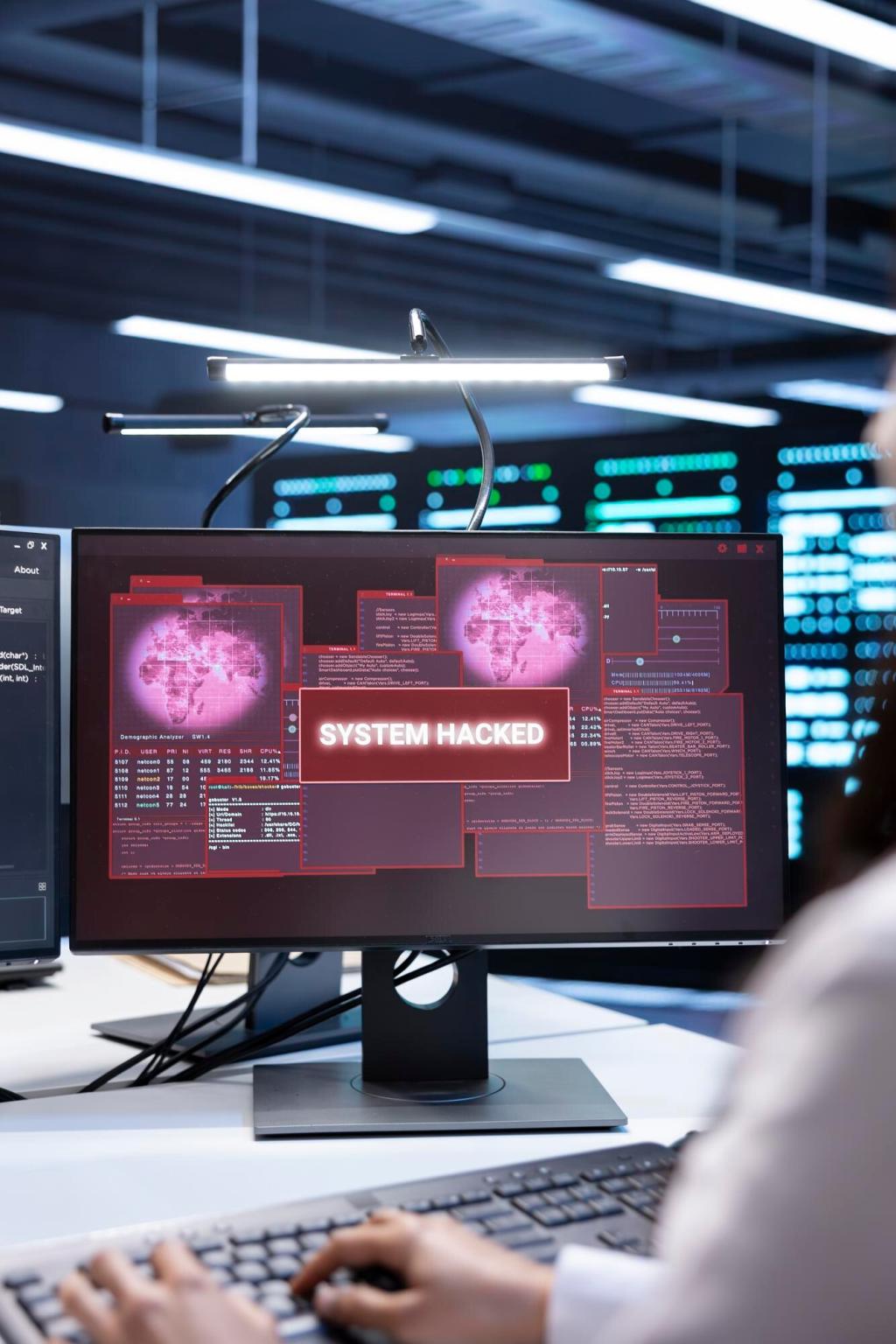
Training Employees on Cybersecurity Best Practices
In today’s increasingly digital business landscape, cybersecurity is a critical concern for organizations of every size. Human error remains one of the most significant risks to security, making it essential to invest in comprehensive employee training. By empowering staff with the knowledge and skills needed to identify threats and respond effectively, businesses can significantly reduce their vulnerability to cyber attacks. Training employees on cybersecurity best practices not only protects proprietary data and customer information but also strengthens overall business resilience and reputation.
Understanding Cybersecurity Threats
One of the most fundamental aspects of cybersecurity training is helping employees recognize the most common types of attacks, such as phishing, ransomware, and social engineering. Phishing emails, for example, often appear legitimate and are designed to trick individuals into revealing sensitive information or clicking on malicious links. By understanding what these attacks look like and the tactics used by criminals, employees are more prepared to spot and avoid these threats in their daily activities, thereby acting as the organization’s first line of defense.

Building a Security-First Mindset
Encouraging Accountability
Creating a security-first culture means ensuring every employee understands that they are responsible for their own actions and how those actions can impact the organization’s security. Training should emphasize personal accountability, making it clear that each individual plays a critical part in safeguarding sensitive information and infrastructure. By illustrating how lapses can affect colleagues, clients, and the company’s reputation, organizations can drive home the importance of taking security seriously at all times.


Embedding Best Practices in Daily Work
It is vital that cybersecurity best practices become second nature in employees’ day-to-day routines. Training should focus on practical application, from locking computers when away from the desk to consistently updating passwords and handling information securely. Using relatable scenarios and providing simple, memorable guidelines help ensure that employees incorporate security habits into their workflows automatically, reducing the likelihood of risky behaviors and oversights.

Creating Interactive Training Experiences
Static training sessions may not always capture employees’ attention or effectively convey the complexities of cybersecurity. Incorporating interactive elements such as simulated phishing exercises, real-life case studies, and hands-on workshops can make training more engaging and memorable. By actively participating and practicing responses to simulated incidents, employees develop practical skills and greater confidence in recognizing and mitigating threats in real scenarios.

Measuring Training Success
To ensure that training efforts are yielding the desired outcomes, organizations need to establish metrics for success. This could involve regular assessments, quizzes, or tracking response rates to simulated phishing attempts. Continuous feedback and monitoring enable organizations to identify areas for improvement and adjust training content as necessary. A data-driven approach allows companies to track progress, demonstrate ROI, and ensure that employees are genuinely becoming more security-aware over time.

Ongoing Education and Refresher Courses
Cybersecurity is not a one-and-done topic. Continuous education is essential to maintaining high standards of security awareness and adaptability. Organizations should schedule regular refresher courses and updates to address new threats, incorporate lessons learned from actual incidents, and reinforce key principles. By making ongoing training a core part of the company’s culture, employees are constantly reminded of the importance of cybersecurity and empowered to act accordingly.
